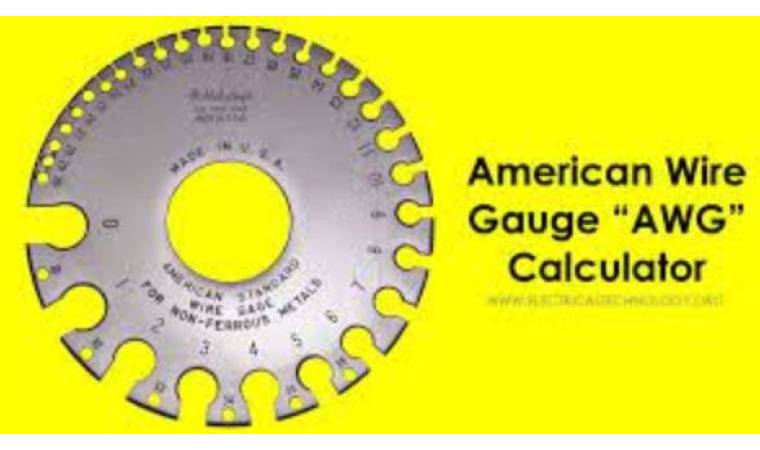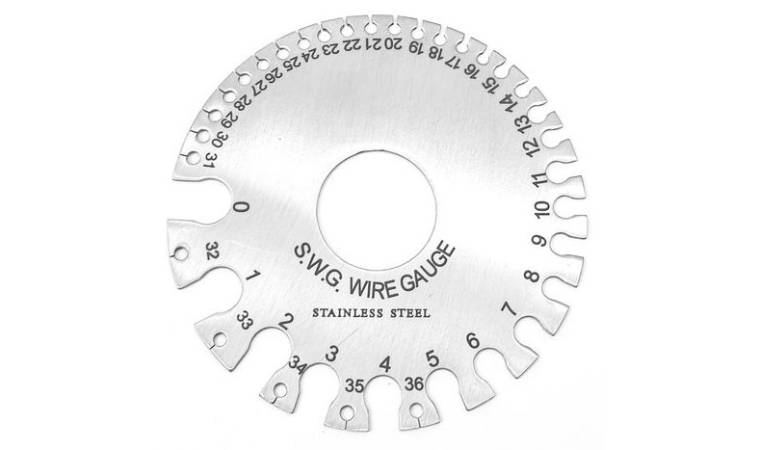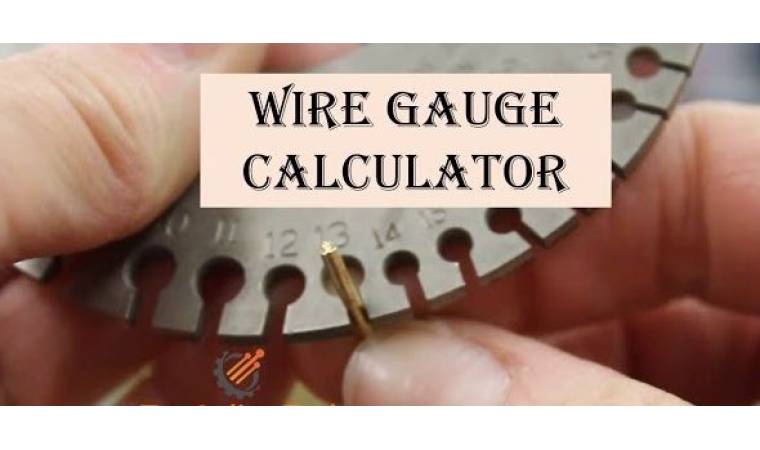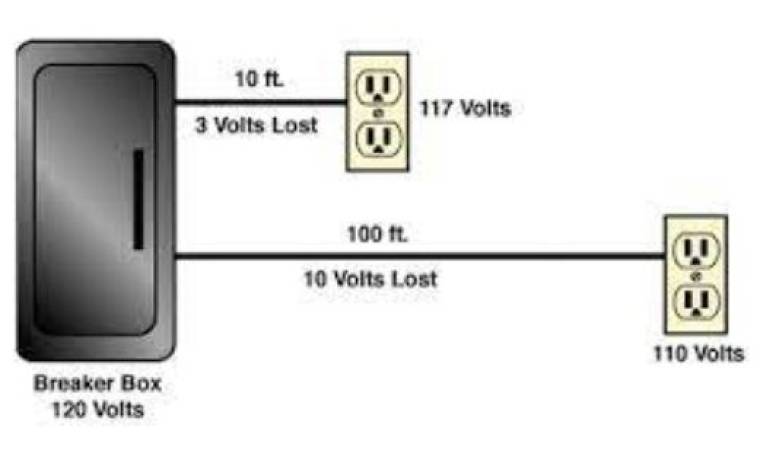June 02, 2022 (4 years ago)

A wire gauge is a measure of the diameter or thickness of a wire. Electrical wires are widely used and are made up of different types of manufacturing materials. These wires have different thicknesses and electrical properties. A wire's quality is measured via its gauge, manufacturing material, diameter, cross-sectional area and electrical characteristics like resistance, voltage drop etc. Here we will discuss wire gauge calculation, comparison with AWG & SWG, and voltage drop calculation.
Wire gauge is measured with a wire gauging tool. You have to take a piece of wire and a wire stripping tool. Now remove the wire's plastic coating(insulation). Cut a piece of 2 to 3 inches from this unstripped wire. Now take a wire gauging tool and put the wire in a more appropriate wire slot and estimate the wire gauge. There are different types & designs of wire gauging tools which measure the gauge in different styles and the basic rule for measuring the gauge remains the same in all of those. Wire gauge & AWG(American Wire Gauge) are ideally the same for any wire. A lower AWG number means greater conductance of wire while a wire with a high AWG number is a smaller conductor.

American Wire Gauge is a system of logarithmic stepped standard wire gauge for measurement of the diameter of electrically conducting nonferrous, solid, round wires. This system is extensively used in America since 1857. As in many other wire gauge measuring systems, this system also has the pattern that a wire with a high gauge number has a small diameter while a smaller gauge number means a larger diameter of the wire. The wire gauge calculator section of this website has an AWG to mm calculator which gives the thickness(diameter) in millimetres as well as the cross-sectional area of the wire in mm2 by just writing the AWG number of the wire.

SWG is the abbreviation of Standard Wire Gauge which is also named as British Standard Gauge or Imperial Wire Gauge. It is a system of measuring the wire size (gauge) Put forward & used by great Britain. It has a similar number scheme as AWG has but both are not interchangeable. Though the popularity of SWG is greatly declined as these sorts of measurement systems are replaced by metric systems but SWG is still being used for measurement of certain electrical wires as well as wires of guitaers. This site offers its users an online wire gauge calculator that calculates the diameter of the wire in mm and the area of the cross-section in mm2 by just giving the SWG number of the wire. Smaller the SWG number greater the diameter of the wire & vice versa.

This calculator offered by this site calculates the gauge of wire from the diameter, the cross-section area and resistance of the wire. Resistance is a hindrance to the flow of current put in by the metallic wire material. Different wire materials have different resistance. In this calculator, resistance is automatically measured by the calculator by the type of wire you select. So you just have to put in values of diameter and cross-section area to get a calculation of the wire gauge.

Voltage is the input pressure of a power source to push charge flow in a conducting circuit. In a conducting circuit, an amount of input voltage is lost due to impedence (effective resistance of circuit). This loss in voltage caused by impedance is called voltage drop. To measure the amount of voltage drop, try the online voltage drop calculator offered by this site. Select a type of wire & this calculator will understand the value of resistance automatically by wire type. Then put in the diameter of the wire, the length of wire used for the circuit, select the type of current passed from the circuit, the initial input of voltage in volts, the amount of current passed through the circuit in amperes and press calculate button to get the value of voltage drop caused through the circuit.

To access & use all the above-described assets, go to the home page of this site » calculator section » wire gauge calculators.